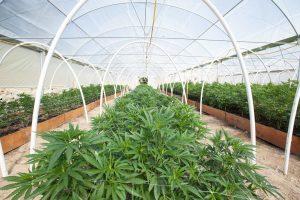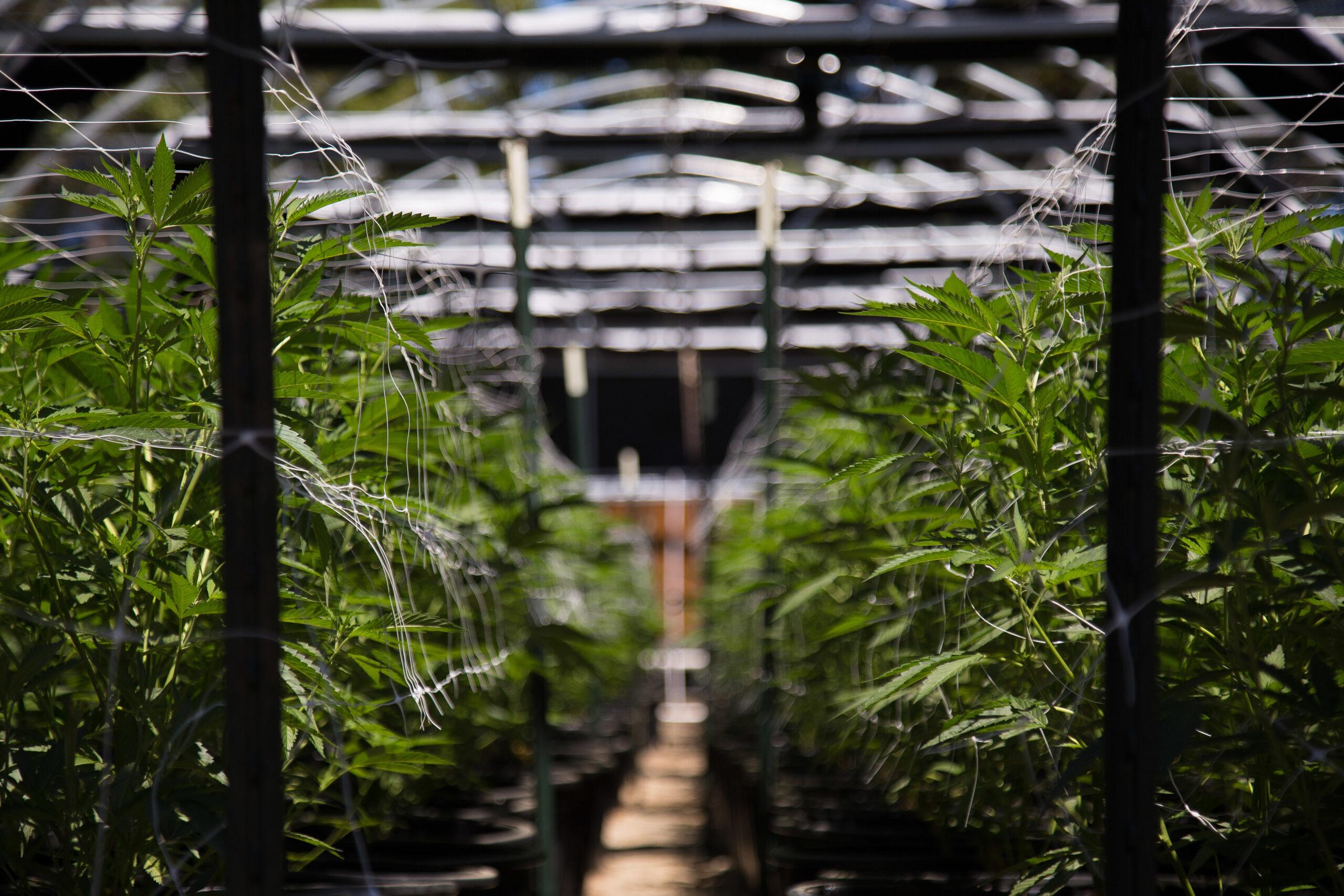After decades of sporadic background rumbling, the issue of cannabis legalisation is back at the forefront of conversation as authorities around the world begin to change their stance on the drug.
We may be a long way from full legalisation of the drug for recreational use in the UK, but medical use has seen several big breakthroughs; not least the recent case of Billy Caldwell, who was very publicly granted exceptional permission to use the drug in the UK to control his severe epilepsy. The upshot was the UK government allowing specialist GPs to prescribe medicinal cannabis.
This unprecedented decision from the UK government has sparked debate, both on the streets and in parliament, as to whether medical cannabis should be fully legalised. Health secretary Jeremy Hunt has admitted the government may be wrong on the issue, with a police chief calling for the creation of ‘cannabis clubs’.
As we will explore, despite the UK being the world’s largest exporter of medicinal cannabis, our domestic stance has fallen behind other countries. Canada has allowed cannabis for medical use since 1999, in the US it is legal for medical use in 29 states and some European countries have decriminalised recreational use – it appears the tide is turning in favour of medicinal cannabis.
What are the medical benefits of Cannabis?
The real effects of medicinal cannabis remain uncertain, given the lack of medical trials taking place with the drug, the real effects of medicinal cannabis remain uncertain. However, however a number of recent trails point to benefits for patients suffering with MS, cancer and epilepsy.
There is evidence that medicinal cannabis can help with the nausea and vomiting associated with cancer chemotherapy, highlighted by the fact a drug has been FDA-approved for this purpose.
It is also said to help with illnesses in which patients find it difficult to eat, including anorexia and cachexia in HIV/ AIDS. The appetite-stimulating effects of cannabis have a positive effect in these cases; in a long-term study of 94 AIDS patients, the appetite-stimulating effect of THC continued for months, confirming the appetite enhancement noted in a shorter 6 week study. A positive influence on body weight was also reported in 15 patients with Alzheimer’s disease who were previously refusing food.
 Alongside this are its anaesthetic qualities. It has been used for chronic, especially neuropathic pain, spasticity in multiple sclerosis and spinal cord injury, pain in rheumatoid arthritis, cancer pain, headache, menstrual pain, chronic bowel inflammation and neuralgias. Equally, its positive effects on epileptic siezures are some of the oldest recorded benefits.
Alongside this are its anaesthetic qualities. It has been used for chronic, especially neuropathic pain, spasticity in multiple sclerosis and spinal cord injury, pain in rheumatoid arthritis, cancer pain, headache, menstrual pain, chronic bowel inflammation and neuralgias. Equally, its positive effects on epileptic siezures are some of the oldest recorded benefits.
There have also been some studies that suggest medical marijuana could be used to ween patients off prescription opiod use and prevent overdose deaths, but researchers don’t have enough evidence yet to confirm this finding. For example, one study found that Medicare Part D prescriptions filled for all opioids decreased in states with medical marijuana laws.
What’s in medical marijuana drugs?
The two main cannabinoids from the marijuana plant that are of medical interest are THC and CBD. THC can increase appetite and reduce nausea, as well as pain, inflammation and muscle control problems. Unlike THC, CBD is a cannabinoid that doesn’t make people “high.”
Two FDA-approved drugs, dronabinol and nabilone, contain THC. They treat nausea caused by chemotherapy and increase appetite in patients with extreme weight loss caused by AIDS. However, the FDA have not approved the use of the plant as a whole, but only the basic extracts.
Despite the United Nations revealing back in June that Britain is the world’s largest producer of legal cannabis, it is currently illegal for recreational use in the UK. However, the UK government has approved the prescription of medicines using cannabis derivatives following a debate this summer and subsequent easing on restrictions. Though it is still unclear what forms are legal and which are prohibited.
There have been two licenced cannabis-based medicine in Britain. Sativex is a mouth spray designed to reduce muscle spasms in people with multiple sclerosis (MS), and contains two chemical extracts taken from the cannabis plant. It was licenced for use in the UK in 2010, but is not usually available on the NHS in England as it is deemed too expensive.
There is also the THC-based Nabilone, which was licensed in 1982 for prescription-only hospital-only use against nausea arising from chemotherapy and unresponsive to other treatment.
Both have been provided in controlled and exceptional circumstances and more drugs are likely to be approved after the softening in stance by the government.
While the government has adopted a global trend of medicinal use of cannabis, it has been slow in comparison to countries such as Canada and the US and despite being the world’s largest producer of medicinal cannabis, recreational use is still illegal.
According to the UN’s International Narcotics Control Board, 95 tonnes of medical marijuana were produced in the UK in 2016, accounting for 44.9 per cent of the world total – but possession in the UK can still lead to a spell in jail.
The UK downgraded recreational cannabis to a Class C drug in 2002, with possession of small quantities no longer an arrestable offence, but it was moved back up to a Class B drug by Gordon Brown in 2008. Since then, the penalty for possession can be as much as five years in prison.
Who is pushing for UK adoption
The majority of assembly members in Wales, the SNP and all parties in Northern Ireland except the DUP have backed medical legalisation of cannabis, with the Liberal Democrat party pledging to legalise selling and growing cannabis as part of its election manifesto last year.
The Royal College of Nursing also voted overwhelmingly in favour of lobbying the government to make it legal for medical in May, with The Royal College of Psychiatrists saying legalisation for recreational and medicinal use should be considered as distinct.
Whilst it admitted that cannabis may carry significant mental health risks, it said it supports the medicinal use of approved cannabis products.
Home Secretary Sajid Javid made an unprecedented move in June when he intervened to allow Billy Caldwell continued access to cannabis-based life-saving treatment for severe epileptic seizures, after the drugs were confiscated on their return home from Canada.
The government since announced a review into the use of cannabis-based medicines in the UK and legalised medicinal uses in special cases.
Canada Legalisation
Canada’s Senate recently voted to legalise cannabis, becoming the first G7 nation to do so.
Whilst its medicinal use had been legal since 2001, cannabis had yet to be approved recreationally until earlier this year.
Canada and Prime Minister Justin Trudeau has lead the way in becoming the second country after Uruguay to officially legalise recreational cannabis.
Canadians are allowed to grow up to four plants in their home and carry up to 30 grams of dried cannabis for personal consumption.
Minimum age restrictions will vary between 18 to 19 years old, depending upon province, and those caught supplying minors or carrying in excess of 30 grams will still be heavily penalised.
The landmark decision has since prompted reassessment from other developed nations over whether to follow suit.
Indeed efforts to review the classification of the drug are beginning to gain momentum, particularly in light of its potentially transformative medicinal benefits, and the potential boost to the economy it may provide.
In fact, Canada’s total legalised market is set to be worth as much as $22.6 billion (£16.9 billon) a year, according to Deloitte.
Companies such as Aphria and Canopy Growth have been fast growing in popularity on the stock market as a result of their investment into marijuana.
A divided United States
However, the most lucrative location for cannabis production is in fact California, which also happens to be the largest state in the U.S.
Nine states alongside Washington DC have also legalised the recreational use of marijuana for adults over the age of 21. An additional 21 states permit the use of a form of medicinal cannabis.
Public support for the legalisation of marijuana has been gradually strengthening over the course of the last four decades.
A broad 64% of Americans say they support the legalization of marijuana, according to a Gallup Poll conducted in October 2017.
The record percentage marks a significant shift in public perception of the drug, with a mere 12 per cent supporting legalisation when Gallup first poised the question to adults back in 1969.
It has been estimated that the U.S market is worth around $9.2 billion in 2017, and it only looks set to increase. Forbes has projected it may reach $47.3 billion by 2027.
Earlier this year, a treatment for childhood epilepsy received approval from the US drug regulator.
The drug became the first cannabis-based medicine on the American market, signalling potential for other pharmaceutical firms to tap into the potentially lucrative market too.
How to invest in Cannabis?
Despite the UK being the world’s largest exporter of cannabis, investment opportunities in domestic stock markets are limited.
Earlier this year Sativa Investments listed on the NEX Exchange to provide a vehicle for investors based in the UK to invest in the industry. However, while the shares trade in the UK, the underlying companies Sativa have invested in are based in North America.
To obtain exposure to companies operating in the UK, one may look to GW Pharma. The stock trades on the NASDAQ but benefits from the UK’s largest cannabis production facilities, operated by British Sugar.
British Sugar, a subsidiary of Associated British Foods, dumped growing tomatoes in 2016 and set up one of the world’s largest cannabis producing greenhouses near the East Anglian town of Wissington.
The 18-hectare site produces the plant for GW Pharmaceuticals in the use of Sativex and is developing a number of other applications.
Of course there is exposure through AB Foods listed in London and in the FTSE 100, but the contribution to earnings is minimal.

